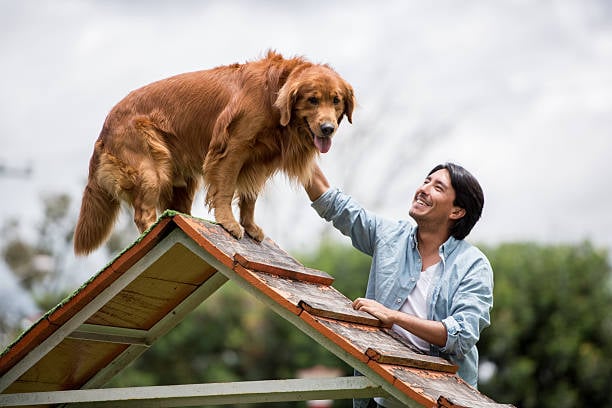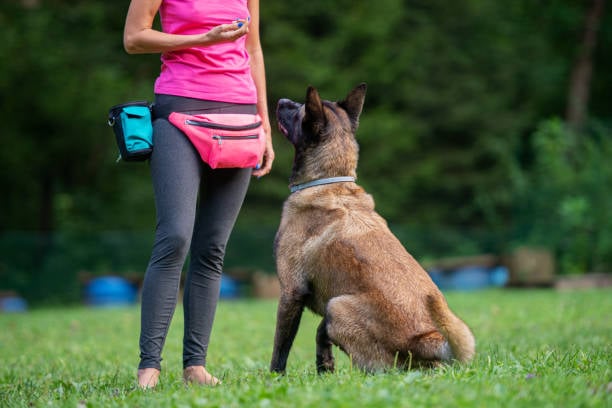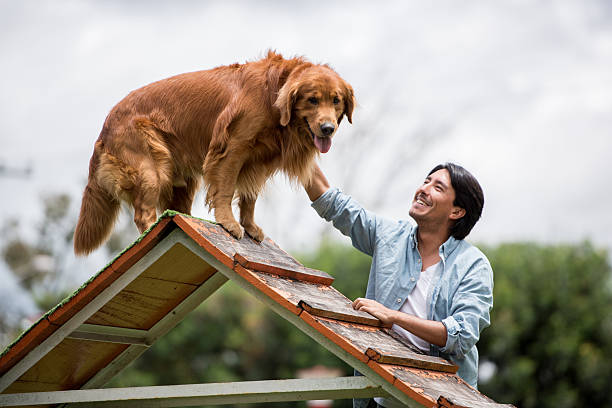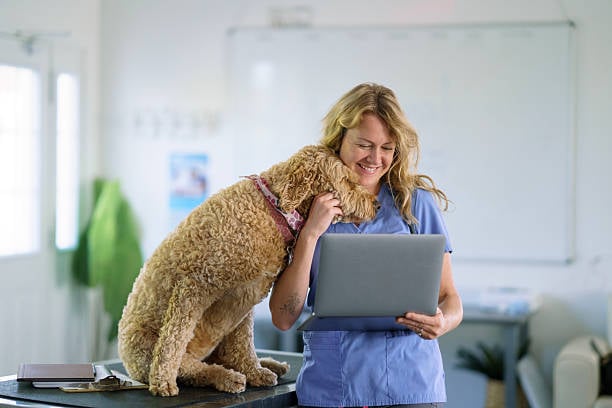For dog training businesses, the environment in which training occurs is just as important as the training methods. A welcoming, safe, and stimulating environment can significantly enhance the learning experience for dogs and their owners. Here's a guide for dog training businesses on creating a space that fosters effective learning and positive experiences.
1. Prioritize Safety
Safety is paramount in a dog training environment. The training area should be secure and free from hazards. This includes ensuring that fences are high and secure, floors are non-slip, and that no sharp objects or harmful substances are within reach. Safety also means having a well-thought-out plan for handling emergencies or aggressive behavior.
2. Design for Comfort
The physical comfort of both dogs and owners can greatly impact their ability to learn and participate in training sessions. Provide a well-ventilated space that has comfortable temperatures and adequate lighting. Consider having separate areas for different activities, such as a quiet corner for one-on-one sessions and a more open space for group activities.
3. Create a Distraction-Free Zone
While it’s important for dogs to learn to follow commands in various environments, having a distraction-free area for initial training can help them concentrate better. Once basic skills are mastered, you can gradually introduce distractions as part of the training to teach dogs to focus in different situations.
4. Use Appropriate Training Equipment

Invest in high-quality, durable training equipment. This includes agility obstacles, training dummies, clickers, and treat dispensers. The right equipment can make training sessions more effective and enjoyable for dogs and trainers.
5. Foster a Positive Atmosphere
The atmosphere of your training space should be positive and encouraging. Use bright, cheerful colors and consider displaying motivational posters or success stories. Music can also create a calm and pleasant environment, as long as it’s not too distracting for the dogs.
6. Provide Accessibility
Ensure your facility is accessible to all clients, including those with disabilities. This includes having ramps for wheelchair access and considering the needs of individuals with sensory sensitivities by creating a sensory-friendly environment.
7. Encourage Owner Involvement
A welcoming environment isn’t just about the dogs; it’s also about pet parents. Create a space where owners feel comfortable and are encouraged to participate in the training process. This could include having a viewing area where they can observe sessions or offering comfortable seating for discussions and feedback.
8. Maintain Cleanliness and Hygiene
A clean and well-maintained environment is essential. Regular cleaning and disinfection, proper waste disposal, and a tidy space are important for health and hygiene. It also reflects the professionalism of your business.
9. Incorporate Nature and Outdoor Elements

If possible, incorporate outdoor elements or nature into your training space. This can include having sessions in a grassy outdoor area or adding plants to an indoor facility. Nature can have a calming effect and provide a more enriching environment for dogs.
10. Personalize the Space
Finally, personalizing your space can make it more welcoming. This could be as simple as having a welcome board with the dogs' names attending that day or displaying photos of your canine clients around the facility.
Creating a welcoming environment for dog training involves considering the needs and comfort of both dogs and their owners. By focusing on safety, comfort, and positive reinforcement, you can establish a space that facilitates effective training and makes the experience enjoyable and rewarding for everyone involved. Remember, a happy dog is a trainable dog! 🐕🌟
Subscribe to the Gingr Blog






